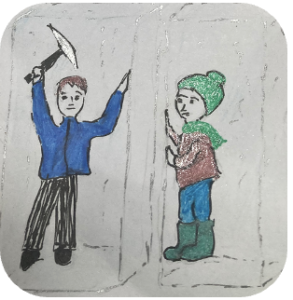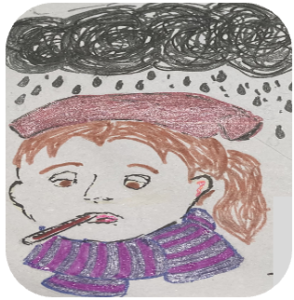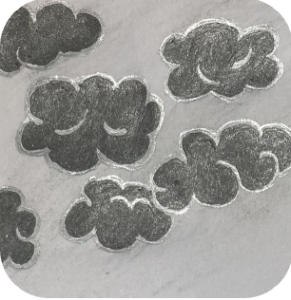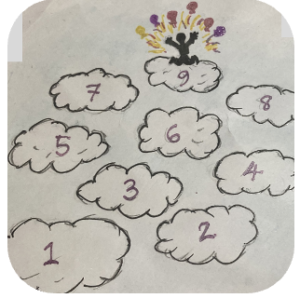
Idioms with Weather Words
What is an idiom?
An idiom is a phrase or expression which has figurative, not literal meaning. Look at the phrases below using the phrase ‘break the ice’.
1. It was so cold, we had to break the ice on the river to fish.
2. It was really awkward when we first met, we were all a little shy, but she told a joke which broke the ice.
Sentence 1. uses the words in a literal way – there was real ice, they really had to break it.
Sentence 2. uses the phrase idiomatically, ‘to break the ice’ is an idiom meaning ‘to relieve tension, to make people relax’.
Which idioms should you learn?
English has thousands of idioms (estimations vary from 10,000 to 25,0000), so you need to be careful to choose expressions that will be useful to you (especially if you’re hoping to employ them in a speaking exam).
Idioms are very context-dependent. They can be specific to a culture: there are idioms Americans use that Brits won’t recognise, and vice versa. They can be specific to a time: there are many idioms that my daughter doesn’t understand. So, before you commit to learning lists of idioms, you should check how common they are.
One way you can check is by using YouGlish, which will show you clips of people using the phrase in YouTube videos. In theory, the more common the idiom, the more clips you will find. However, be careful! Some of the clips will be using the phrase in a literal way, not in an idiomatic one.
How can you learn idioms?
Choose the idioms you want to learn. You could group them in theme e.g. idioms used to talk about relationships, idioms used to talk about work, or you could group them according to the kind of language they use e.g. idioms with weather words, idioms using food words etc.
A good way of remembering idioms is to draw them. See if you can illustrate both the literal and figurative meanings of the expression. It doesn’t matter if you are not an artist (I’m not – see below!), it is important you try to draw them yourself as the act of deciding what to include and drawing it will help you remember.
Look at my examples below. Can you match the picture to the idiom and the meaning?







Idioms (Which picture illustrates which idiom?)
1. To leave under a cloud
2. To have a face like thunder
3. To be on cloud nine
4. To break the ice
5. To be snowed under
6. Every cloud has a silver lining
7. To be under the weather
Meanings
a. To feel unwell
b. To have too much work to do.
c. To look extremely angry.
d. There is something good about every difficult situation, even if you can’t see it now.
e. To be under suspicion or in trouble for doing something wrong.
f. To do or say something to start conversation and relax people when strangers meet.
g. To be extremely happy.
How did you do? Please share your pictures! I’d love to see them.
Answers
Picture 1 = 4 = f
Picture 2 = 7 = a
Picture 3 = 2 = c
Picture 4 = 1 = e
Picture 5 = 5 = b
Picture 6 = 6 = d
Picture 7 = 3 = g


